
Plant hairs, also called trichomes, are like a smart botanical equivalent of mini, multitalented octopus arms wielding an armoury of secret chemical and physical weapons and shields. These living cells read and respond to their environment.
Their various uses mean they may be branched, star-shaped, straight, barbed, curly, sticky or poisonous gland-tipped – or even umbrella-like, as in the incredible tree-dwelling bromeliads whose tiny trichomes open when it’s dry to reduce evaporation and close during rain to absorb water.
Those on roots help draw up minerals and water, while hooked stem, fruit and leaf hairs disperse seeds on passing animals. Some help capture prey in carnivorous sundews, others deter the tiniest and largest insect grazers with physical barriers and protect against strong light, cold, wind and water loss.
The nettle family’s needle-like hairs are hollow and loaded with toxic histamine, serotonin and formic acid capable of causing pain, itching and inflammation when a fragile silica tip pierces skin. Alex Morss
MARINE BIOLOGY
What is the difference between a tortoise and a turtle?
Tortoises are actually turtles. Numbers are somewhat contested but the tortoise family, Testudinidae, includes 65 species belonging to 18 genera. This is just one of 11 families in the turtle order, encompassing 365 species. But what makes a turtle a turtle and a tortoise a tortoise is not always turtle-y clear.
Esta historia es de la edición June 2021 de BBC Wildlife.
Comience su prueba gratuita de Magzter GOLD de 7 días para acceder a miles de historias premium seleccionadas y a más de 9,000 revistas y periódicos.
Ya eres suscriptor ? Conectar
Esta historia es de la edición June 2021 de BBC Wildlife.
Comience su prueba gratuita de Magzter GOLD de 7 días para acceder a miles de historias premium seleccionadas y a más de 9,000 revistas y periódicos.
Ya eres suscriptor? Conectar

SNAP-CHAT
Justin Gilligan on giant spider crabs and holding hands with an octopus
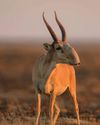
STEPPE CHANGE
Herds of saiga have returned to Kazakhstan, but there's a fine balance to tread
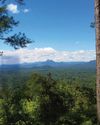
TREES FOR LIFE
Community is at the heart of conservation in the tropical forests of southern Belize
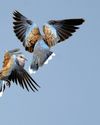
WHEN DOVES CRY
Turtle doves are now the UK's fastest declining bird species, but the RSPB is on a mission to save them

SURVIVAL OF THE CUTEST
We can't help being drawn to cute creatures, but our aesthetic preferences both help and hinder conservation
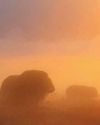
LIGHT ON THE NORTH
Spectacular images of Arctic foxes, reindeer and musk oxen reveal the wild beauty and diversity of Scandinavia
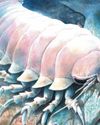
ROLLING IN THE DEEP
The super-sized crustacean that lives in the deepest, darkest ocean
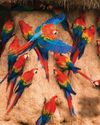
LET'S GET TOGETHER
Clay licks deep in the Amazon explode in a riot of colour, with macaws the stars of the show

FEMALE OF THE SPECIES
To sponge or not to sponge? That is the question for the bottlenose dolphins (Tursiops aduncus) living in Shark Bay, Western Australia.
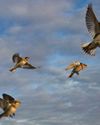
7 nature encounters for the month ahead
WITH NATURALIST AND AUTHOR BEN HOARE